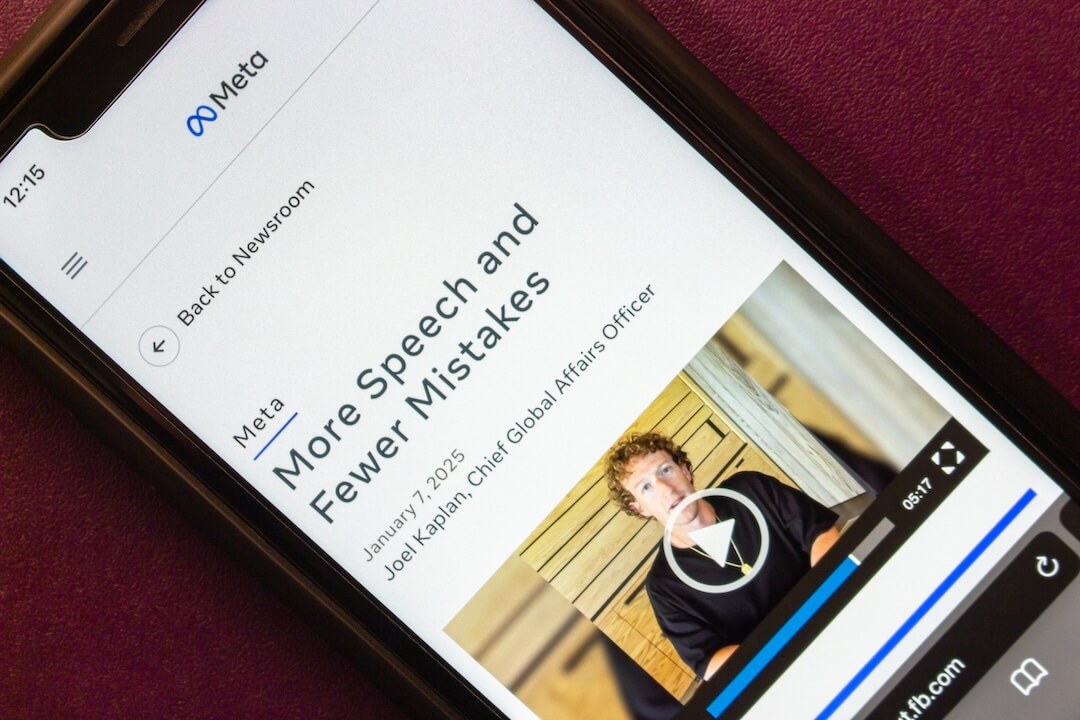Note: After seven wonderful
years of Web Tips columns, we’re going to broaden our focus from Web-based reporting tools to the variety of ways journalists are
using the Web. We hope you’ll stick with us for Web Tips 2.0.
Most
news organizations are looking for ways to tap their audiences for
photos, videos and eyewitness reports. But many still struggle with how
to embrace user-generated content while still ensuring accuracy and
quality.
After a year-and-a-half of experience soliciting
material from its audiences, CNN is embarking on a new approach worth
observing.
Earlier this month, CNN launched a new site
dedicated to user-generated content that is unmoderated — basically, a
news version of YouTube. The site, currently in “beta” or test mode,
can be viewed at iReport.com.
Since
August 2006, CNN has been featuring audience submitted photos and video
on CNN and CNN.com under the “iReport” brand — but only material
carefully vetted by its journalists. The network has received nearly
100,000 news-related photos and videos from viewers, but only published
or aired about 10 per cent.
Now, all of those submissions, and everything submitted going forward, can be viewed at iReport.com.
In
fact, the site explicitly states, “CNN makes no guarantees about the
content or the coverage on iReport.com” — quite a bold statement from
a reputable news organization, not to mention one that brands itself as
the “Most Trusted Name in News.”
On the new site, the editors explain the notion:
if we turned this site over to you? What if we allowed people to post
raw video and tell stories you’d never see on CNN? What if it had
politically-incorrect speech? What if it didn’t matter if the stories
were balanced? What if, instead of us confirming every nuance, we
trusted you to determine what was and what wasn’t accurate?
What if we created a site where the community — not CNN — became the “Most Trusted Name in News?”
And so, we developed iReport.com. Don’t kid yourselves. This content is
not pre-vetted or pre-read by CNN. This is your platform. In some
journalisitic circles, this is considered disruptive, even
controversial! But we know the news universe is changing. We know that
even here, at CNN, we can’t be everywhere, all the time following all
the stories you care about. So, we give you iReport.com. You will
program it, you will police it; you will decide what’s important,
what’s interesting, what’s news.
CNN will be doing limited post-moderation: Users can “flag” items they feel violate the
community guidelines and iReport.com moderators will
review them and decide whether to put those items behind a warning wall or take them down
altogether.
CNN also is providing some basic journalism tips as part of the iReport site.
Susan Grant, executive vice president of CNN News Services, answered some questions about the new site via e-mail:
I could bend the ear of other news organizations venturing into this
arena, I would tell them what we tell ourselves every day at CNN:
Strive to be open and transparent — with your audience and your
employees.’
— Susan Grant
Why did CNN.com decide to launch iReport.com as a separate site from CNN.com?
It
is important to draw a clear distinction between the trusted news and
information brand of CNN.com and an unvetted, user-generated community
site like iReport.com. It’s much easier for the consumer to distinguish
the difference in the content if the sites themselves are separate.
Do you expect the launch of iReport.com to change the way you use user-generated content on CNN and CNN.com?
Not
at all. CNN will continue to use iReports on-air and on CNN.com if and
only if they have been vetted. The launch of iReport.com is the natural
progression for CNN’s iReport initiative. It makes all user-generated
material submitted to CNN available for the public to see. Previously,
only a select number of iReports were available for viewing after being
vetted by CNN’s editorial staff.
This user-generated content
site, at its core, will be driven by the users; therefore, all of the
content the iReport.com community creates will be available online at iReport.com. Users may still visit www.cnn.com/iReport
to view vetted submissions that have appeared on CNN air and CNN.com;
and iReport.com also will label those contributions with an “on CNN”
tag to indicate that the submission appeared on a CNN network or
CNN.com.
How does moderation work for CNN and CNN.com? What is the process and how many people are involved?
Before
an iReport is used on-air or on CNN.com, the content undergoes the same
extensive vetting process as all of CNN’s reporting does. Our own
journalists, who are well trained at verifying the authenticity of news
reports and events, follow steps to verify the events captured in
iReports that are used on CNN and on CNN.com. There is no set number of
people involved in the process, as each CNN reporter, producer and show
has the ability to select an iReport submission appropriate to use in
their reporting.
How
will iReport differ from what some of your compeitiors are doing, i.e.
Fox News Channel’s uReport, MSNBC’s FirstPerson, ABC News’ i-Caught?
iReport.com
wasn’t developed to compete with broadcast and cable news outlets;
rather it is the natural progression of our iReport initiative that has
been in operation since August 2006.
Individual iReport.com
contributors may gain additional recognition for their content by
having that material, once vetted and approved for use, appear on a CNN
television network or CNN.com, just as iReporters do today.
iReport.com
is focused on what people consider news, and we expect the site to be a
destination for Internet users to inform and engage, rather than simply
be entertained. Further, the concept of “community” on many news sites
is more about reactions to news reported by the mainstream media.
iReport.com not only invites users to submit their own news stories,
but also fosters dialogue — empowering the community to drive the
news, not just follow it.
Since first launching iReports on CNN and CNN.com, what lessons have you learned?
With
the constantly evolving media landscape, consumers increasingly expect
to take a more active role in the discussion of events — local and
global. While CNN has many networks and platforms dedicated to
traditional reporting, we also wanted to offer our audiences the
opportunity to participate in their own way — in the submission and
discussion of events.
CNN decided to expand its user-generated
content initiatives not only because of the incredible success of our
existing iReport program, but also the high level of user-participation
on CNN.com via our “Sound Off” feature, blog commenting and the
incredibly active online discussions during presidential debates. CNN
is in a unique position to provide the public with the tools and
resources to share, view, discuss and form communities about news that
is important to them.
What
advice do you have for other organizations, such as newspapers and
smaller broadcasters, who want to start soliciting and publishing
user-generated content?
I’m not sure
how much advice we have for others — we’re still learning so much
ourselves! But if I could bend the ear of other news organizations
venturing into this arena, I would tell them what we tell ourselves
every day at CNN: Strive to be open and transparent — with your
audience and your employees.
Web Tips question for you:
How is your news organization using and managing user-generated content? What tips can you share?






